Lotus ‘re-imagines’ Type 66 Can-Am
Track-only machine is based on plans for a Lotus Type 66 Can-Am car
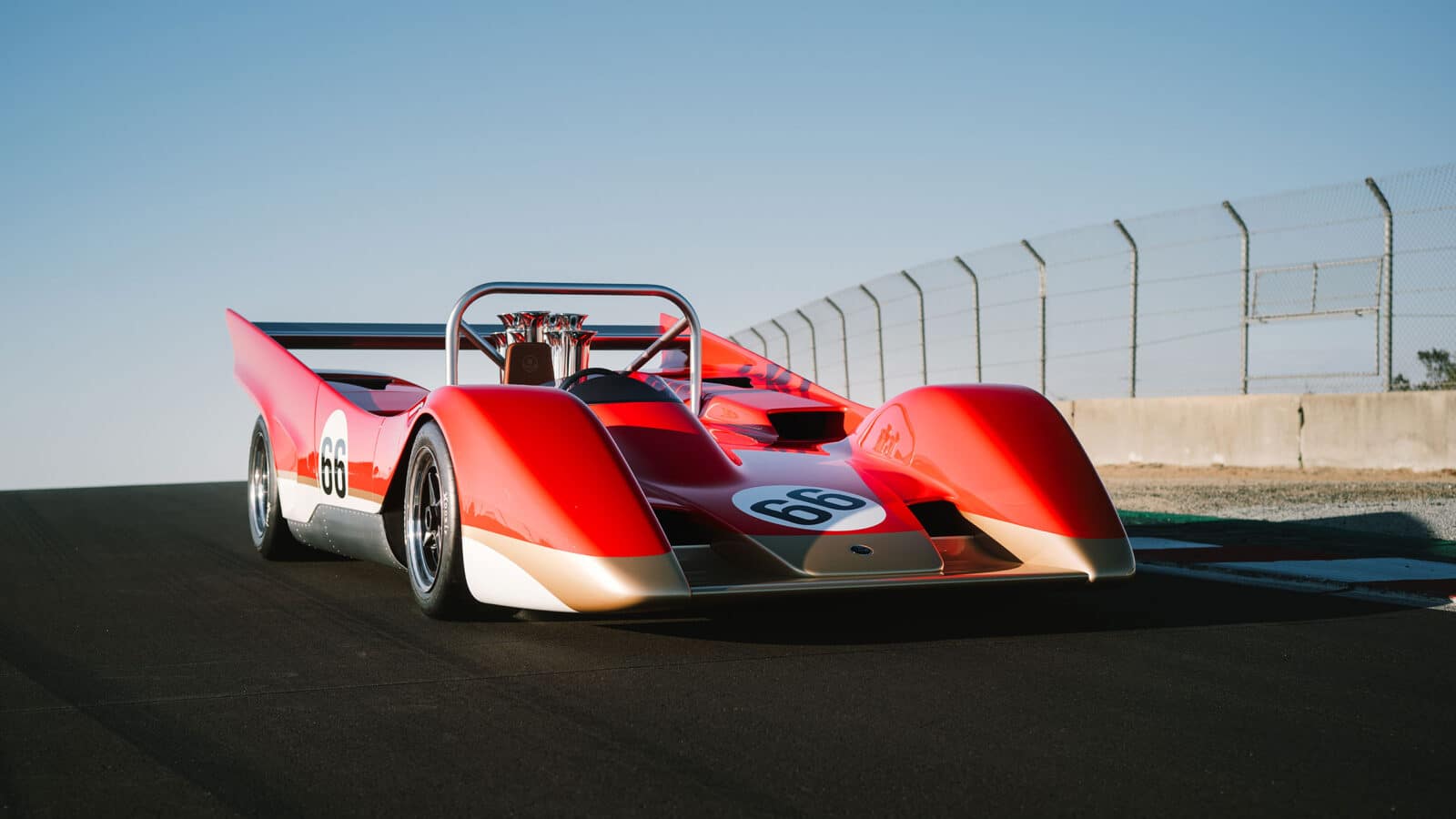
Lotus/David Coyne
A ‘lost’ Lotus has been reborn as a modern track-only performance car as the beloved British constructor continues to mark its 75th anniversary.
The Type 66 was a stillborn Can-Am racer designed at Colin Chapman’s instigation by Geoff Ferris. Now, 53 years after it failed to leave the drawing board, Lotus has revived it in “rediscovered and re-imagined” form.
Clive Chapman, son of Colin and boss of Classic Team Lotus, wrote in Motor Sport in September 2016 about unearthing plans for the Type 66 from newly digitised microfilm.
Those drawings were passed to Lotus design director Russell Carr, who has created a car featuring a modern carbon-fibre bodyshell and a sequential transmission but one that also remains true to Chapman’s low-drag aerodynamic philosophy. It is powered by a Lotus pushrod V8 engine, again in deference to period, but with aluminium forged crank, rod and pistons.
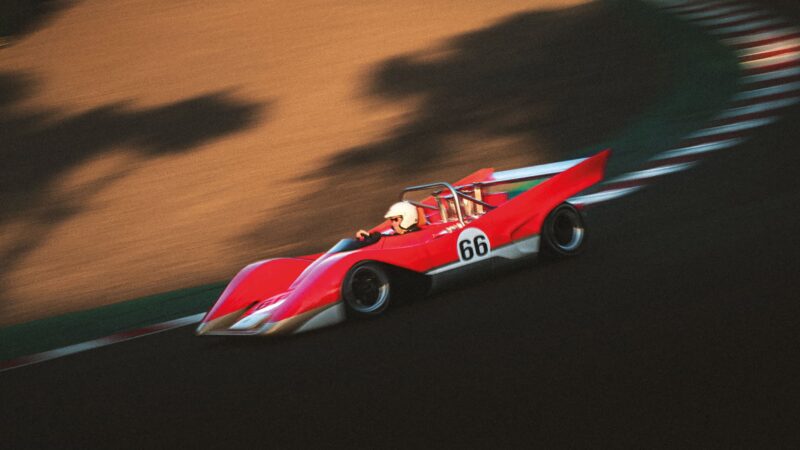
Car will produce 800kg of downforce at 150mph
Lotus/David Coyne
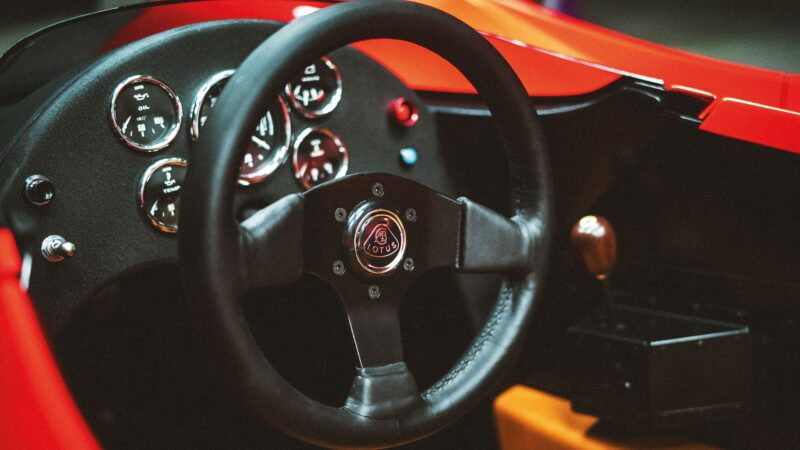
Lotus/David Coyne
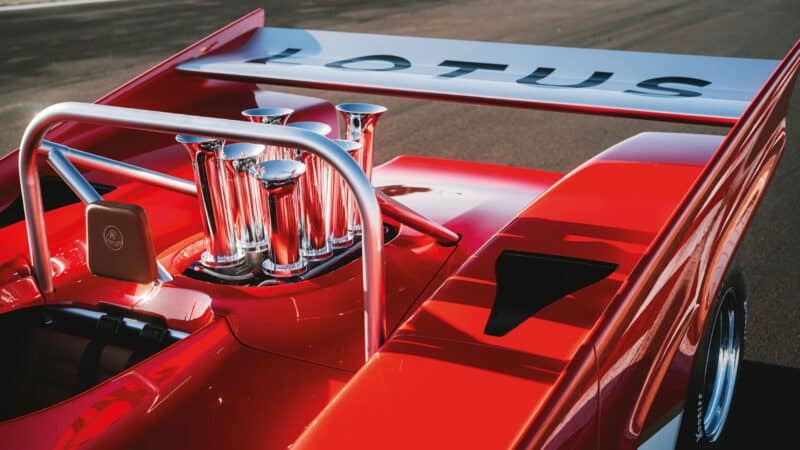
A – relatively – user-friendly V8 engine will produce 830bhp
Lotus/David Coyne
“We are proud to have completed such a unique project, and one that Colin Chapman was involved in,” said Carr. “There is a real delicacy in remastering the past. This is not a re-edition or a restomod, but a new breed of Lotus – a commitment that our past glories will continue to be reflected in our future.”
The Type 66 was revealed at The Quail during Monterey Car Week. Ten will be built, a reference to the number of races the Can-Am Type 66 would likely have entered in 1970, and they will be sold for “in excess of £1m”.
“The car would have shared many features with our most successful F1 chassis, the Lotus Type 72, which was developed during the same era,” said Clive Chapman. “These include side-mounted radiators which helped reduce front drag, increase front downforce and channel airflow through and over the car. The rear of the car incorporates a distinctive tail section, resembling Le Mans endurance cars. These features would have boosted its downforce, compared to rivals, aiding high-speed stability and ultimately lap times. It would have been spectacular – as is the actual Type 66 we see today.”
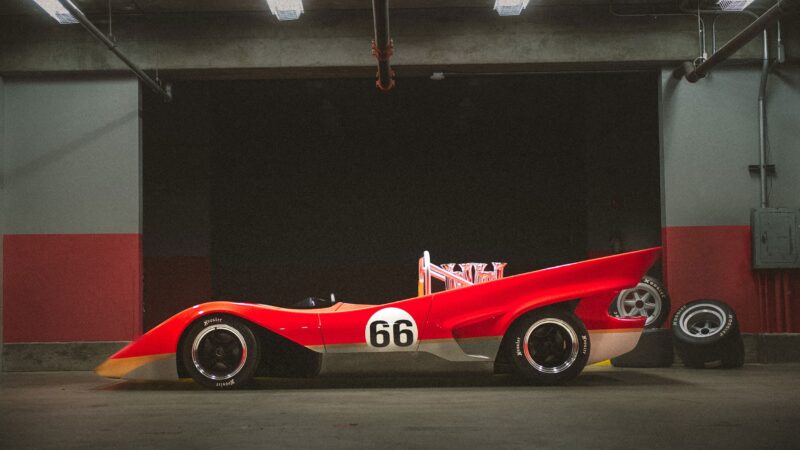
The new Lotus Type 66 is based on drawings for a 1970 Can-Am racer. Just 10 will be made
Lotus/David Coyne
